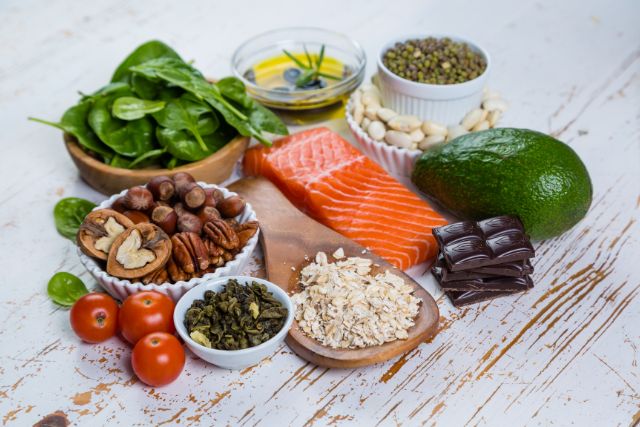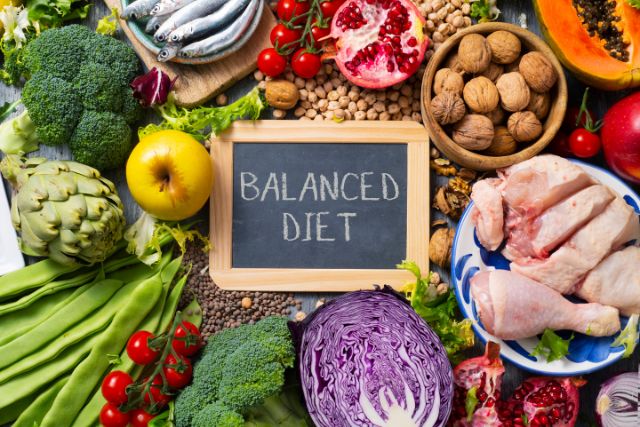Recent Posts
-

- Diabetes-Friendly Nutrition: Smart... 08.12.2024
-

- Nutrition for Chronic... 08.12.2024
-

- Anti-Inflammatory Diet: Food... 08.12.2024
-

- Low-Sodium and Heart-Healthy:... 08.12.2024
-

- Plant-Based Diets for... 08.12.2024
How to feed the world without destroying the planet

If you’re going to ask yourself this question, how can we save the planet while not compromising our food and social security in simple ways? The answer is simple, sustainability.
In our society, hunger is one of the most awful and profound expressions. It exists in every country. It is something that most people can identify with on a primal level. We have a deep-rooted fear of hunger etched in our DNA because our ancestors were hungry and scared for generations to come. It is part of who we are.
Providing a healthy diet for an expected global population of nearly 10 billion people by 2050 while at the same time improving the world those people live in will require sweeping changes to the farming and food production systems to achieve those goals.
It is ironic, however, that there is currently an increase in the amount of land that is being converted into vegetated land or land that can be used for farming, which in turn means more food is being produced, but 820 million people are undernourished because they do not have access to a healthy diet, or cannot afford one.
Although issues of this nature should be addressed by the governments of the countries that experience such a dilemma, however, several professionals in the area have been able to offer us ways how to "win" in both situations, feeding the world and not causing the planet to be destroyed at the same time.
Refrain from deforestation.
To produce more food, we must keep rainforests, savannahs, and peatlands. We need to stop the expansion of agriculture and freeze its footprint like it is now. The growth of agriculture is the single biggest driver of species extinction today.
Enhance productivity.
Our agriculture cannot be expanded by expanding its reach, so we need to improve the amount of food we grow on the available land. In agriculture, most research and development funding focus on enhancing the productivity of the world's best farms rather than improving the situation at the bottom of the food chain. There are tremendous opportunities across the globe for significant increases in food production that could not be achieved through the use of more land and without harming the environment.
Utilize resources more efficiently.
Water, energy, and chemicals are used to grow food today, so much of that improvement can be achieved by using them smarter. On average, one quart of water creates one calorie of food energy. The most efficient and the minor efficient producers worldwide are 200 to 300 times more efficient, and there are tremendous opportunities to save water and energy and reduce pollution while growing the same amount of food.
Eliminate one-third of the food that is lost or wasted.
All along the supply chain, improvements can be made, from implementing solar-powered cold-storage units on farms to implementing natural compounds that prevent bacteria from growing on the fruit and retain moisture to extend the product's shelf life at retail stores.
Increase plant-based foods in high-meat consumers' diets.
The meat production, mainly from cattle, sheep, and goats, is highly resource-intensive. As a result, growing populations will need less meat to access some hearts. There are now burgers that contain between 20 and 35 percent mushrooms and all-plant burgers that taste just as delicious, if not better, as burgers with more than 35 percent beef.
Sources:
- https://www.nationalgeographic.com/environment/article/how-to-feed-the-world-without-destroying-the-planet
- https://www.greenbiz.com/article/how-can-we-feed-planet-without-destroying-planet
- https://www.theguardian.com/global-development/2019/oct/16/how-do-we-feed-the-world-without-destroying-the-planet





